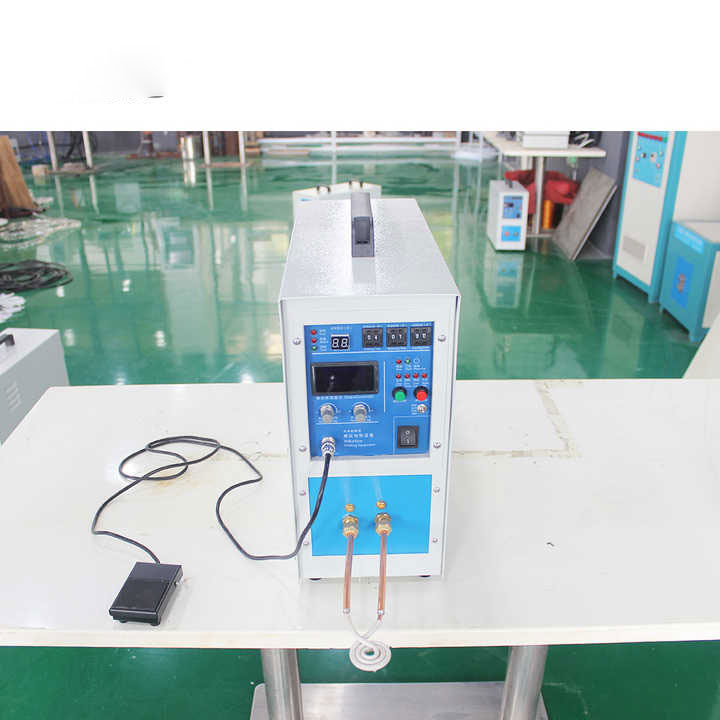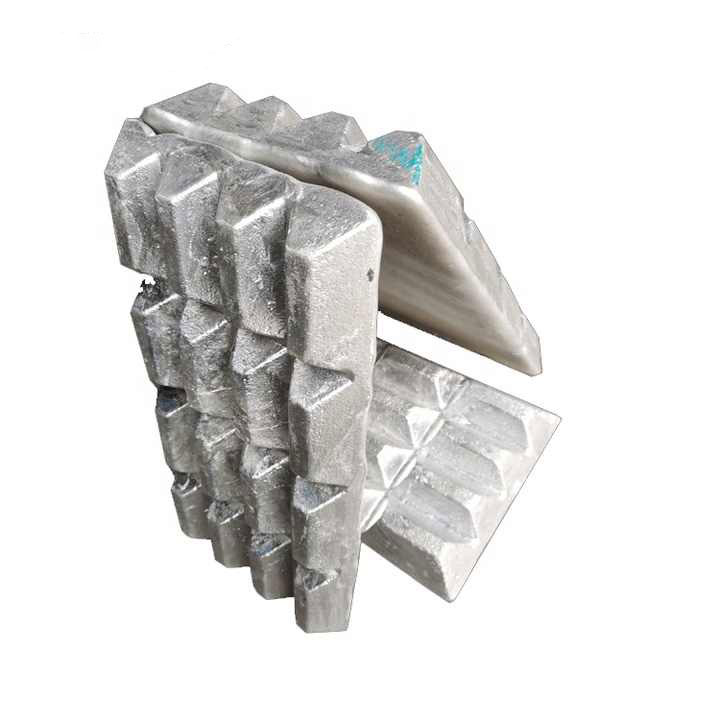Details
- Home
- refining silver chloride
refining silver chloride

Table of Contents
ToggleRefining Silver Chloride: An Overview of the Process
Refining silver chloride is an important step in the recovery of pure silver from its compounds. Silver chloride (AgCl) is a common form of silver found in nature, often derived from the processing of silver ores. This article will explore the methods and techniques used in refining silver chloride, the benefits of the process, and the equipment required.
Understanding Silver Chloride
Silver chloride is a white crystalline solid that is insoluble in water. It is formed when silver ions react with chloride ions, often during the extraction of silver from ore. While silver chloride contains silver, it must be refined to obtain pure metallic silver. The refining process involves chemical reactions that convert silver chloride into elemental silver.

Methods for Refining Silver Chloride
There are several methods to refine silver chloride, but the most common approaches include:
1. Reduction with Sodium Carbonate
One of the simplest methods for refining silver chloride involves mixing it with sodium carbonate (soda ash). When heated, the sodium carbonate reacts with silver chloride to produce metallic silver. The general reaction is as follows:
2AgCl+Na2CO3→2Ag+Na2CO3+Cl22AgCl + Na2CO3 \rightarrow 2Ag + Na2CO3 + Cl22AgCl+Na2CO3→2Ag+Na2CO3+Cl2
This method is effective and can be performed with basic equipment.
2. Reduction with Hydrogen
Another method for refining silver chloride involves the use of hydrogen gas. In a controlled environment, hydrogen can reduce silver chloride to silver metal:
2AgCl+H2→2Ag+2HCl2AgCl + H2 \rightarrow 2Ag + 2HCl2AgCl+H2→2Ag+2HCl
This process requires specialized equipment to safely handle hydrogen gas and maintain appropriate conditions for the reaction.
3. Electrolytic Refining
Electrolytic refining is a more advanced technique that allows for high-purity silver recovery. In this process, silver chloride is dissolved in an electrolyte solution. An electric current is passed through the solution, causing silver ions to migrate to a cathode, where they are deposited as pure silver.
Equipment Needed for Refining Silver Chloride
To effectively refine silver chloride, certain equipment is necessary:
- Furnace or Kiln: For processes that involve high temperatures, such as reduction with sodium carbonate.
- Electrolytic Cell: For electrolytic refining, this cell contains the electrolyte solution and electrodes.
- Reaction Vessel: A glass or ceramic container for carrying out chemical reactions safely.
- Safety Gear: Personal protective equipment, including gloves, goggles, and face shields, is essential to protect against hazardous materials.
Benefits of Refining Silver Chloride
Refining silver chloride has several benefits:
- High Purity: The refining process allows for the recovery of high-purity silver, which is essential for various applications, including jewelry and electronics.
- Resource Recovery: This method contributes to the efficient recovery of silver from waste materials, promoting sustainability and reducing environmental impact.
- Cost-Effectiveness: By refining silver chloride, one can extract valuable silver from less pure sources, making the process economically viable.
Refining silver chloride is a crucial process in the recovery of pure silver from its compounds. By utilizing methods such as reduction with sodium carbonate, hydrogen reduction, or electrolytic refining, one can effectively obtain high-purity silver. With the right equipment and safety precautions, refining silver chloride can be a rewarding endeavor for both hobbyists and professionals in the precious metals industry. As technology advances, these methods continue to evolve, enhancing the efficiency and effectiveness of silver recovery.















